Dirt Contractors Rockford
Best Dirt Hauling in Rockford
Receive 3 FREE Dirt Contractor quotes for your project today! Compare profiles, reviews, accreditations, portfolio, etc... and choose the best service.

Accelerated Excavation
511 reviews1202 S Court St, Marion, IL, 62959, USWho we are Accelerated Excavation is a premier excavation service provider specializing in municipality, commercial, and residential projects. With a team of highly skilled professionals and state-of-the-art equipment, we deliver top-quality excavation solutions tailored to meet the unique needs of each project. Who we work with Real estate developers General contractors Homeowners & Business Owners Engineers Utility Companies Municipalities Government Agencies Our mission Provide reliable, efficient, and safe excavation services, ensuring every project is completed on time and to the highest standards. We are committed to excellence, customer satisfaction, and environmentally responsible practices, making us the trusted partner for all your excavation needs. Why Customers Choose Accelerated Excavation Safety First: Strict adherence to safety protocols on every job site Trained Team: Skilled & trained contractors with years of industry experience On Time, Everytime: Projects completed on schedule, every time Advanced Equipment: State-of-the-art machinery for precise and efficient excavation
- Services
- Why Us?
- Testimonials
- Gallery
Get Quote
Osland Excavating Sewer Water Septic Services
51 reviewsChicago, US- Services
- Why Us?
Get Quote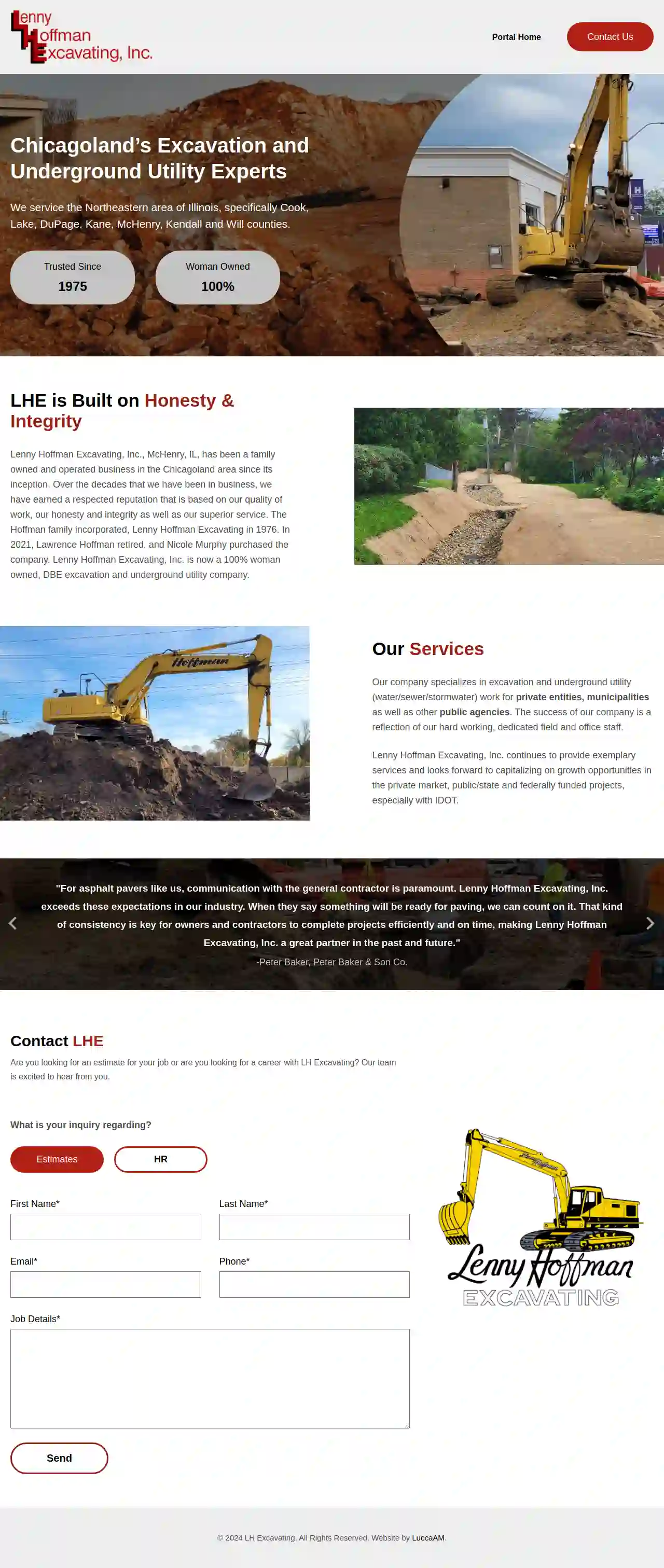
Lenny Hoffman Excavating Inc
4.17 reviewsMcHenry, USChicagoland’s Excavation and Underground Utility Experts We service the Northeastern area of Illinois, specifically Cook, Lake, DuPage, Kane, McHenry, Kendall and Will counties. Trusted Since 1975 Woman Owned 100% LHE is Built on Honesty & Integrity Lenny Hoffman Excavating, Inc., McHenry, IL, has been a family owned and operated business in the Chicagoland area since its inception. Over the decades that we have been in business, we have earned a respected reputation that is based on our quality of work, our honesty and integrity as well as our superior service. The Hoffman family incorporated, Lenny Hoffman Excavating in 1976. In 2021, Lawrence Hoffman retired, and Nicole Murphy purchased the company. Lenny Hoffman Excavating, Inc. is now a 100% woman owned, DBE excavation and underground utility company. Our Services Our company specializes in excavation and underground utility (water/sewer/stormwater) work for private entities, municipalities as well as other public agencies. The success of our company is a reflection of our hard working, dedicated field and office staff. Lenny Hoffman Excavating, Inc. continues to provide exemplary services and looks forward to capitalizing on growth opportunities in the private market, public/state and federally funded projects, especially with IDOT. Testimonials "For asphalt pavers like us, communication with the general contractor is paramount. Lenny Hoffman Excavating, Inc. exceeds these expectations in our industry. When they say something will be ready for paving, we can count on it. That kind of consistency is key for owners and contractors to complete projects efficiently and on time, making Lenny Hoffman Excavating, Inc. a great partner in the past and future." -Peter Baker, Peter Baker & Son Co. "Alliance Contractors, Inc and Lenny Hoffman Excavating have been working together for more than 30 years. Whether ACI is working for Lenny Hoffman as a subcontractor or they are a subcontractor to ACI, we have been nothing but pleased with their team’s ability to outperform the industry standards on each and every project." -Bradley A. Spiniolas, Alliance Contractors, Inc.
- Services
- Why Us?
- Testimonials
- Gallery
Get Quote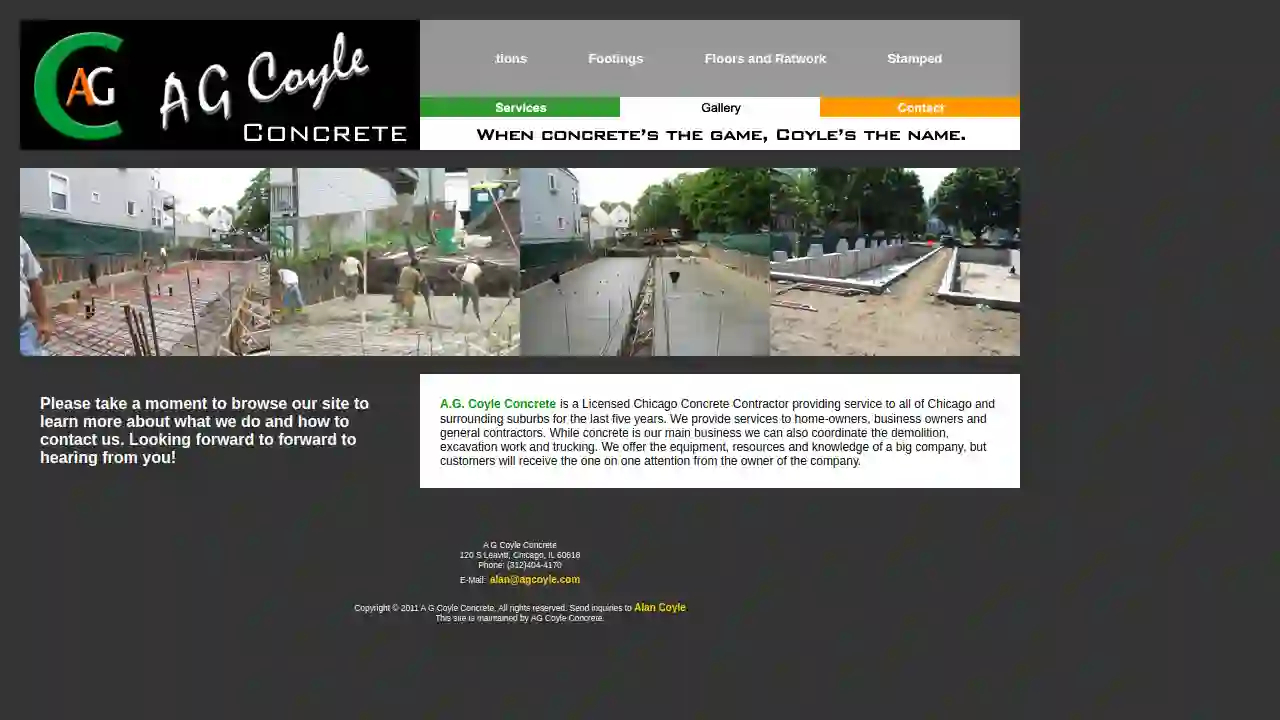
AG Coyle Concrete
1120 S Leavitt, Chicago, 60618, USA.G. Coyle Concrete: Your Trusted Chicago Concrete Contractor A.G. Coyle Concrete is a licensed and experienced Chicago concrete contractor serving the city and its surrounding suburbs for the past five years. We are dedicated to providing top-notch concrete services to homeowners, business owners, and general contractors alike. While concrete is our core expertise, we also offer a comprehensive range of services, including demolition, excavation, and trucking. We bring the resources and knowledge of a larger company, but with the personalized attention you'd expect from a family-owned business.
- Services
- Why Us?
- Gallery
Get Quote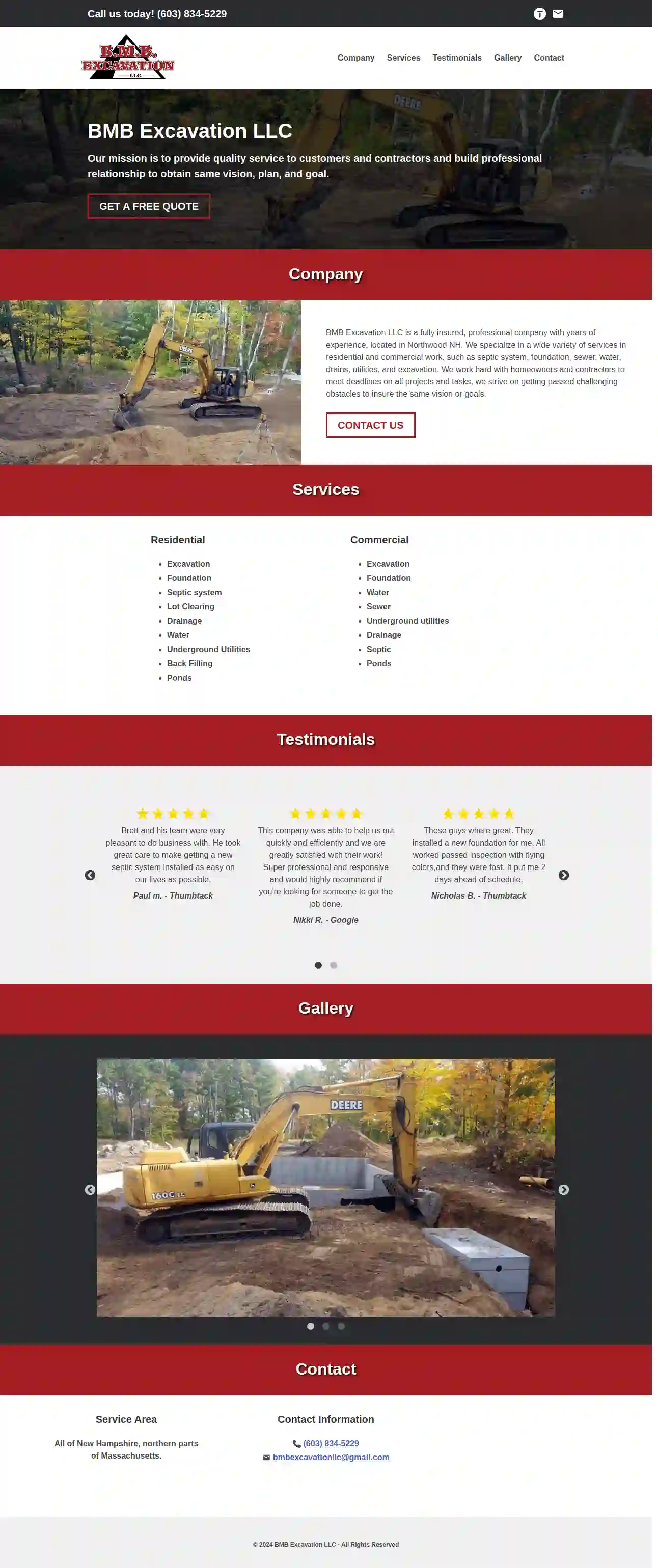
BMB Excavation LLC
44 reviewsNorthwood, USBMB Excavation LLC BMB Excavation LLC is a fully insured, professional company with years of experience, located in Northwood NH. We specialize in a wide variety of services in residential and commercial work, such as septic system, foundation, sewer, water, drains, utilities, and excavation. We work hard with homeowners and contractors to meet deadlines on all projects and tasks, we strive on getting passed challenging obstacles to insure the same vision or goals. Our mission is to provide quality service to customers and contractors and build professional relationship to obtain same vision, plan, and goal.
- Services
- Why Us?
- Testimonials
- Gallery
Get Quote
F.L. Merrill Construction, Inc.
51 reviews35 Veterans Drive, Loudon, 03275, USProudly Serving New Hampshire Since 1990. Located In Loudon, NH Family Owned & Operated NH Construction Company Get A Quote Municipal Construction We specialize in road construction for small local subdivisions. Our expertise includes building, constructing, & repairing roadways. Commercial Construction Our New Hampshire commercial construction experience includes land clearing, site work, utility installation, and more. Residential Construction Whether you need help with excavation for a new septic system or any other excavation need, our team has 25+ years of experience. Who We Are A Dedicated Team Of Construction Experts F.L. Merrill Construction's success is built on a foundation of hard work and dedication, values that are shared by everyone from upper management to construction crew members. Frank and Sue Merrill realized their ability to provide customers with a superior service comes down to their team who are consider to be an extension of their family. By investing in its people, Merrill Construction has established itself as a NH construction industry leader for over three decades. Tell us about your project! Land Clearing Site Work Utility Installation Road Construction Bridge Construction Footing Foundations Residential Excavation Materials Supply Trucking & Dumping Get A Free Quote Today! Get A Quote
- Services
- Why Us?
- Testimonials
- Gallery
Get Quote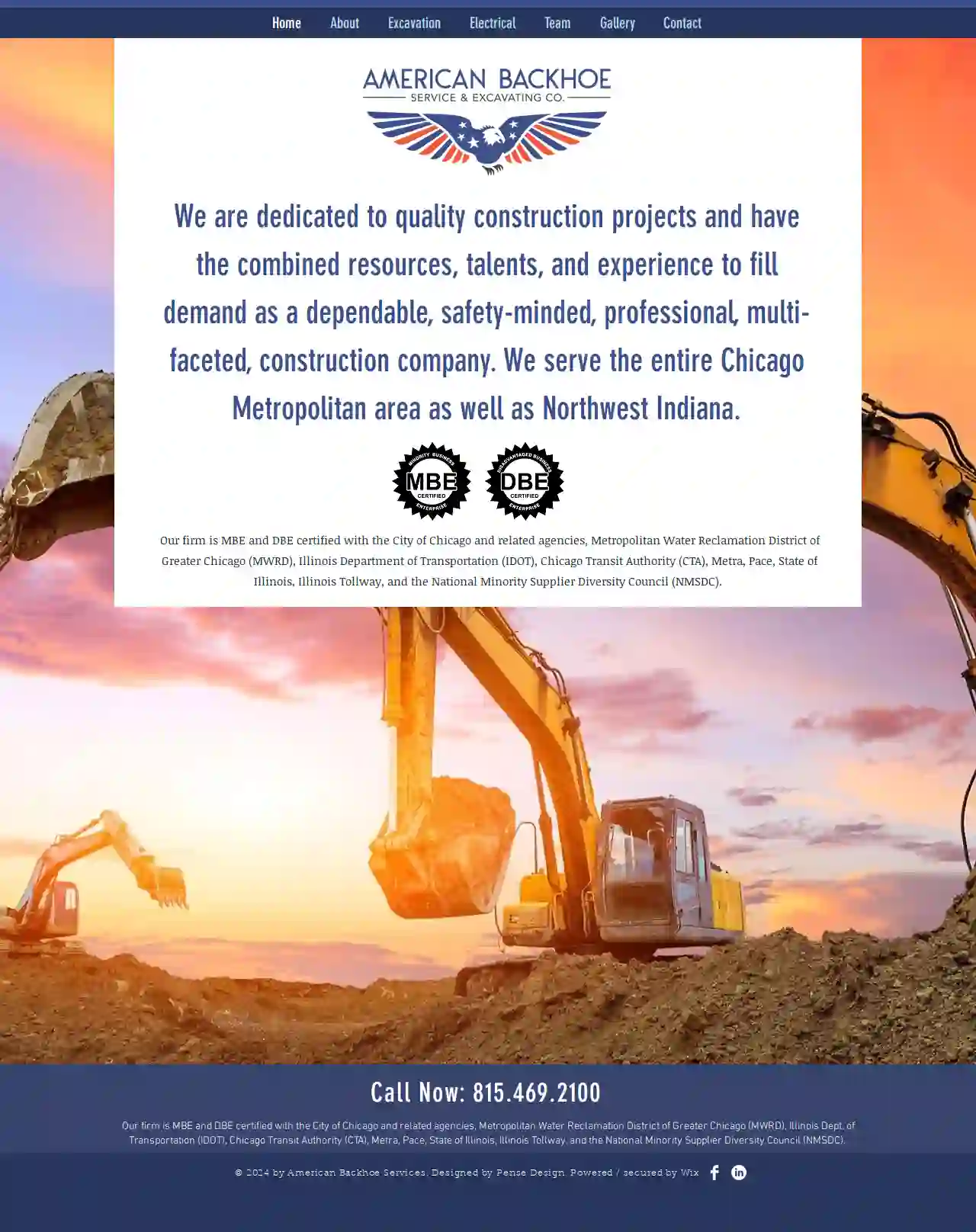
American Backhoe Service & Excavating
4.45 reviewsChicago, USWe are dedicated to quality construction projects and have the combined resources, talents, and experience to fill demand as a dependable, safety-minded, professional, multi-faceted, construction company. We serve the entire Chicago Metropolitan area as well as Northwest Indiana. Our firm is MBE and DBE certified with the City of Chicago and related agencies, Metropolitan Water Reclamation District of Greater Chicago (MWRD), Illinois Dept. of Transportation (IDOT), Chicago Transit Authority (CTA), Metra, Pace, State of Illinois, Illinois Tollway, and the National Minority Supplier Diversity Council (NMSDC).
- Services
- Why Us?
- Gallery
Get Quote
Witech Excavating
3.29 reviewsChicago, USA History of Strong Relationships Since our humble beginnings in 2001 as a small excavating and trucking company, we’ve continued to grow by building strong relationships. We’re always looking for new ways to provide better services to our clients and community. With our experienced personnel and extensive fleet of equipment, we have the resources to pass along the benefits to our customers. With competitive costs and knowledgeable employees, Witech provides superior responsiveness on all our projects. Although, the benefits don’t stop there. This level of control allows us to live up to our core values of integrity and honesty. Ultimately, when we say we’re going to do something, our clients know we mean it. Watch our Overview Video
- Services
- Why Us?
- Gallery
Get Quote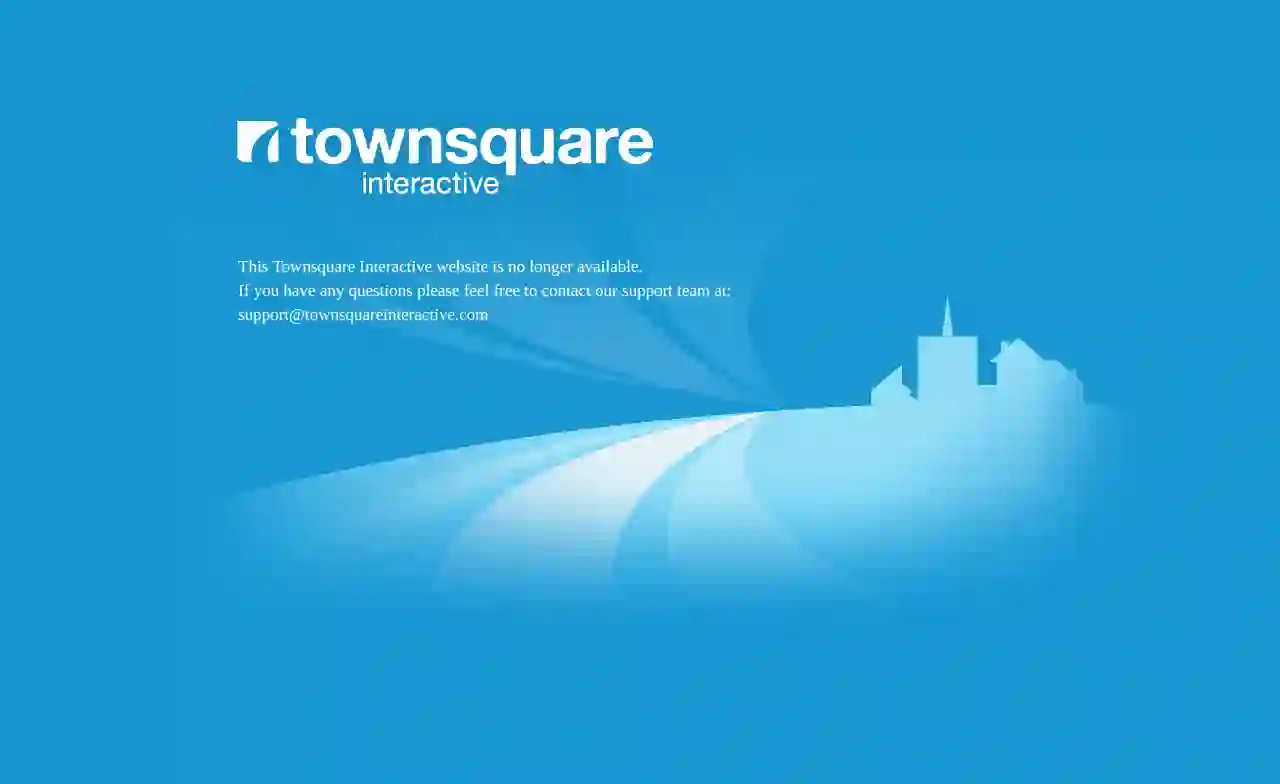
Bouchard Excavation and Land Clearing
53 reviewsAlton, USThis Townsquare Interactive website is no longer available. If you have any questions please feel free to contact our support team at: [email protected]
- Services
- Why Us?
- Gallery
Get Quote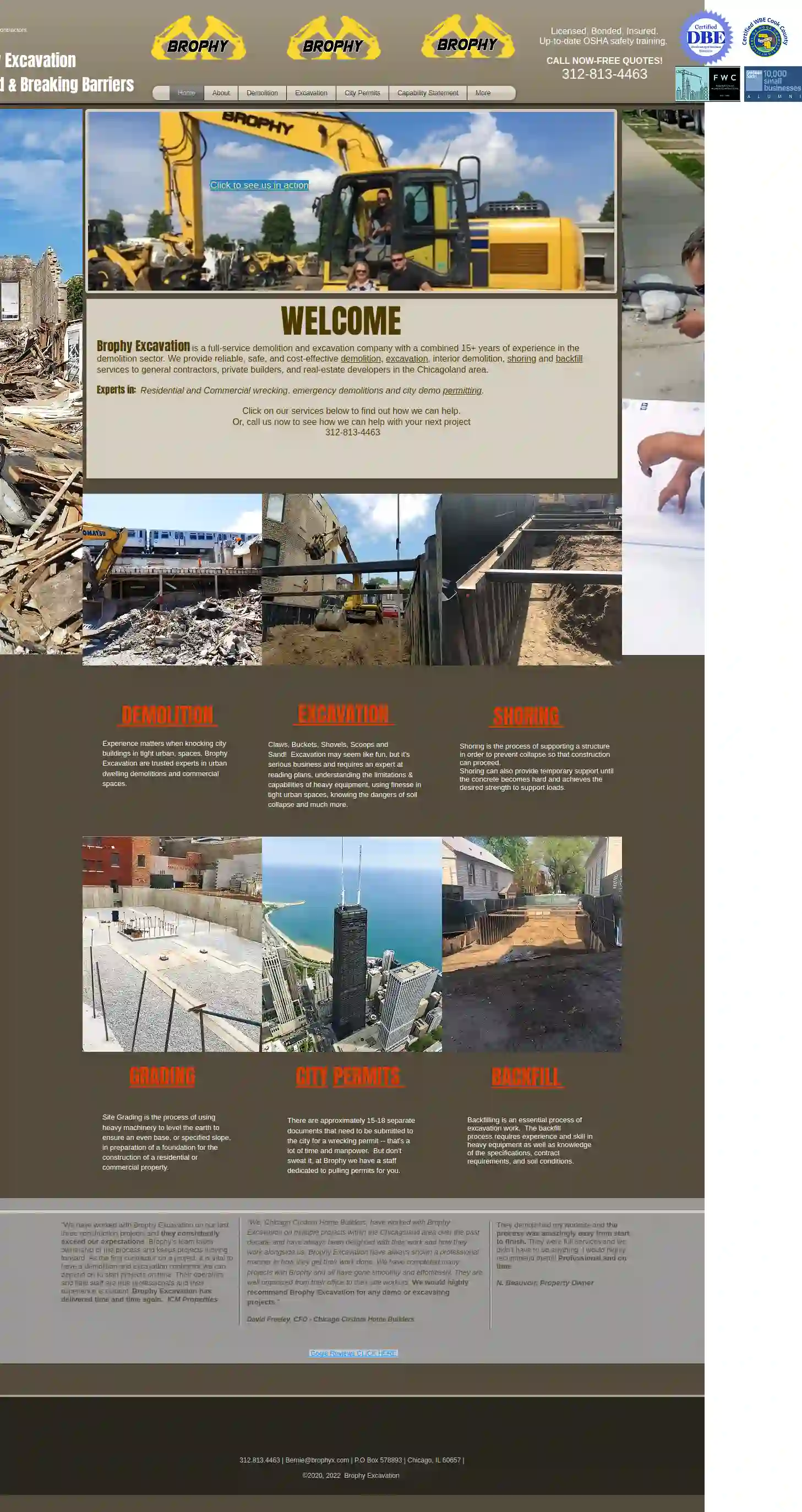
Brophy Excavation-Demolition
4.86 reviewsP.O Box 578893, Chicago, 60657, USBrophy Excavation: Your Trusted Partner for Demolition and Excavation in Chicago Brophy Excavation is a full-service demolition and excavation company with over 15 years of experience in the Chicagoland area. We provide reliable, safe, and cost-effective services to general contractors, private builders, and real estate developers. Our team of experts is dedicated to delivering exceptional results on every project, no matter how big or small. We specialize in: Residential and Commercial Wrecking Emergency Demolitions City Demo Permitting Excavation Shoring Grading Backfill At Brophy Excavation, we understand the importance of safety and efficiency. We are fully licensed, bonded, and insured, and our team is up-to-date on all OSHA safety training. We are committed to providing our clients with the highest level of service and professionalism. Contact us today for a free quote and let us help you with your next project.
- Services
- Why Us?
- Testimonials
- Gallery
Get Quote
Over 3,943+ Excavation Contractors on our platform
Our excavation contractors operate in Rockford and surroundings!
ExcavationHQ has curated and vetted Top Excavation Contractors in and around Rockford. Find a top & reliable pro today.
Frequently Asked Questions About Dirt Contractors
- Mark Utilities: Before excavation begins, contact utility companies to have underground utilities marked to prevent accidental damage.
- Secure the Perimeter: Fence off the work area to restrict access and prevent accidental falls or injuries.
- Protect Existing Landscaping: Cover or move any valuable plants, shrubs, or trees that might be affected by the dirt removal process.
- Dust Control: Ask the contractor about dust suppression measures they'll implement to minimize dust generation and protect air quality.
- Communicate with the Contractor: Discuss any specific concerns you have regarding property protection before the work commences.
- **Good Drainage:** Allows excess water to drain away, preventing waterlogging and root rot.
- **Adequate Aeration:** Provides sufficient air pockets for root respiration.
- **Nutrient Retention:** Holds onto essential nutrients for plant uptake.
- **Easy to Work With:** Not too heavy or too light, making it manageable for digging and planting.
- Dirt Removal: Excavating and hauling away excess dirt or soil from construction sites, landscaping projects, or other areas.
- Dirt Delivery: Transporting and delivering various types of dirt, such as topsoil, fill dirt, sand, or gravel, for construction, landscaping, or gardening purposes.
- Grading: Leveling or sloping land to achieve specific contours for drainage, landscaping, or construction projects.
- Excavation: Digging trenches, foundations, basements, pools, or other structures requiring earthmoving.
- Land Clearing: Removing trees, vegetation, and debris to prepare land for development or other uses.
- Site Preparation: A combination of services, including clearing, grading, and compaction, to prepare a site for construction or landscaping.
How do I protect my property during dirt removal?
What is the best type of dirt for my garden?
What services do dirt contractors provide?
What is the difference between topsoil and fill dirt?
Topsoil: The uppermost layer of soil, characterized by its rich organic matter content, nutrients, and dark color. It's essential for supporting plant growth and is commonly used for gardening, landscaping, and lawn establishment.
Fill Dirt: Primarily composed of subsoil or excavated materials, generally lacking the organic matter and nutrients found in topsoil. It's typically less fertile and used for structural purposes, such as filling in low areas, leveling ground, or creating raised beds.
Understanding the difference between topsoil and fill dirt is crucial for choosing the appropriate soil type for your specific project needs.
How do I protect my property during dirt removal?
- Mark Utilities: Before excavation begins, contact utility companies to have underground utilities marked to prevent accidental damage.
- Secure the Perimeter: Fence off the work area to restrict access and prevent accidental falls or injuries.
- Protect Existing Landscaping: Cover or move any valuable plants, shrubs, or trees that might be affected by the dirt removal process.
- Dust Control: Ask the contractor about dust suppression measures they'll implement to minimize dust generation and protect air quality.
- Communicate with the Contractor: Discuss any specific concerns you have regarding property protection before the work commences.
What is the best type of dirt for my garden?
- **Good Drainage:** Allows excess water to drain away, preventing waterlogging and root rot.
- **Adequate Aeration:** Provides sufficient air pockets for root respiration.
- **Nutrient Retention:** Holds onto essential nutrients for plant uptake.
- **Easy to Work With:** Not too heavy or too light, making it manageable for digging and planting.
What services do dirt contractors provide?
- Dirt Removal: Excavating and hauling away excess dirt or soil from construction sites, landscaping projects, or other areas.
- Dirt Delivery: Transporting and delivering various types of dirt, such as topsoil, fill dirt, sand, or gravel, for construction, landscaping, or gardening purposes.
- Grading: Leveling or sloping land to achieve specific contours for drainage, landscaping, or construction projects.
- Excavation: Digging trenches, foundations, basements, pools, or other structures requiring earthmoving.
- Land Clearing: Removing trees, vegetation, and debris to prepare land for development or other uses.
- Site Preparation: A combination of services, including clearing, grading, and compaction, to prepare a site for construction or landscaping.
What is the difference between topsoil and fill dirt?
Topsoil: The uppermost layer of soil, characterized by its rich organic matter content, nutrients, and dark color. It's essential for supporting plant growth and is commonly used for gardening, landscaping, and lawn establishment.
Fill Dirt: Primarily composed of subsoil or excavated materials, generally lacking the organic matter and nutrients found in topsoil. It's typically less fertile and used for structural purposes, such as filling in low areas, leveling ground, or creating raised beds.
Understanding the difference between topsoil and fill dirt is crucial for choosing the appropriate soil type for your specific project needs.